Introduction
The impact of technology continues to grow. The intersection of technology and business operations, technology and people, technology and government, and technology and just about everything else, will mean more change on more fronts in the years to come.
While it is impossible to know precisely how these changes will unfold, CompTIA’s latest research provides a number of clues as to how businesses are responding and the challenges they are working to overcome.
According to the data, innovation remains a top business priority. Likewise, robust spending projections on emerging technologies, such as the internet of things, big data, artificial intelligence, and robotics confirm the steady advance of digitization.
At the same time, the demand for tech talent has never been higher. Across every business type and industry sector, employers recognize the importance of cultivating a tech-savvy workforce.
While there are common threads underpinning many of these trends, there is much to learn from the unique experiences and approaches taken by countries around the world.

The Business of Technology
The size of the global technology industry continues to grow as spending is expected to reach nearly $5.2 trillion worldwide in 2020, according to the research consultancy IDC. Despite the large size of the U.S. market ($1.7 trillion, 2020 projection), the majority of tech spending (68%) occurs beyond its borders. See CompTIA’s IT Industry Outlook.
While the mix of spending categories may vary, businesses around the world are investing in hardware, software, services, and telecommunications. Technology will play a growing integral role as companies focus on key strategic priorities such as implementing new systems and processes (56%), innovation (55%), identifying new customer segments and markets (48%), and launching new products (48%). Nearly half also prioritize hiring skilled workers to help them drive technology initiatives into the future (45%).
Businesses of all types rate technology a critically important factor to their success. Across all the countries CompTIA studied, nearly three-quarters rate technology as a primary factor in reaching business objectives (72%). Nearly a quarter consider technology a secondary factor in helping to meet those goals (23%), while just 4% describe technology as a nonfactor. However, there is a disconnect between technology as a priority and the reality that a segment of businesses say they under-invest in technology. About 1 in 5 believe their firm’s allocation of budget to technology spending is “too low.”
Furthermore, when considering what businesses spend vs. the value and benefits received, the great majority report that their firm gets excellent or good ROI from its technology spending (66%). Regardless, primary reasons that contribute to perceptions of disappointing ROI of technology investments include ongoing maintenance costs or support fees, required upgrades / built-in obsolescence, staff time required to operate / maintain, upfront cost / too expensive for what’s received, complexity / poor user experience, and insufficient features / capabilities.
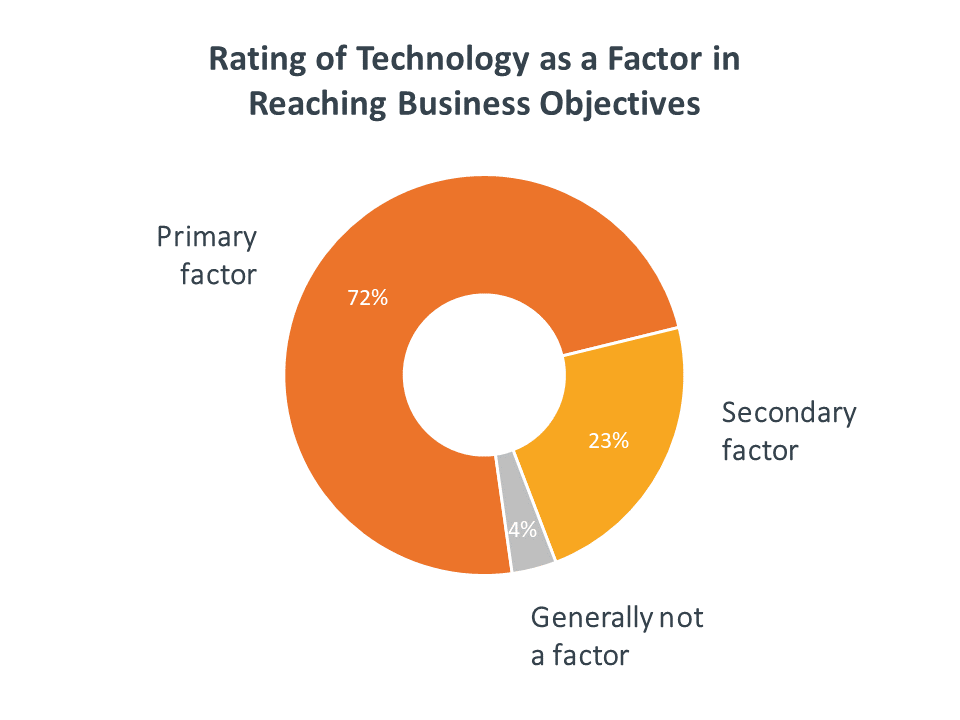
Certainly technology plays a role in achieving corporate objectives, but technology alone will not produce the desired results. Employers must also address the people and process elements of the equation to achieve optimal outcomes. Businesses face a range of challenges in executing their vision, from resource constraints, lack of expertise, skills gaps, and so on. Consequently, most organizations rely on some degree of outside provider of tech services. For instance, nearly 9 in 10 indicate outsourcing or using outside tech firms / expertise at least occasionally in a typical year (87%); including more than half who do so regularly (34%) or frequently (19%).
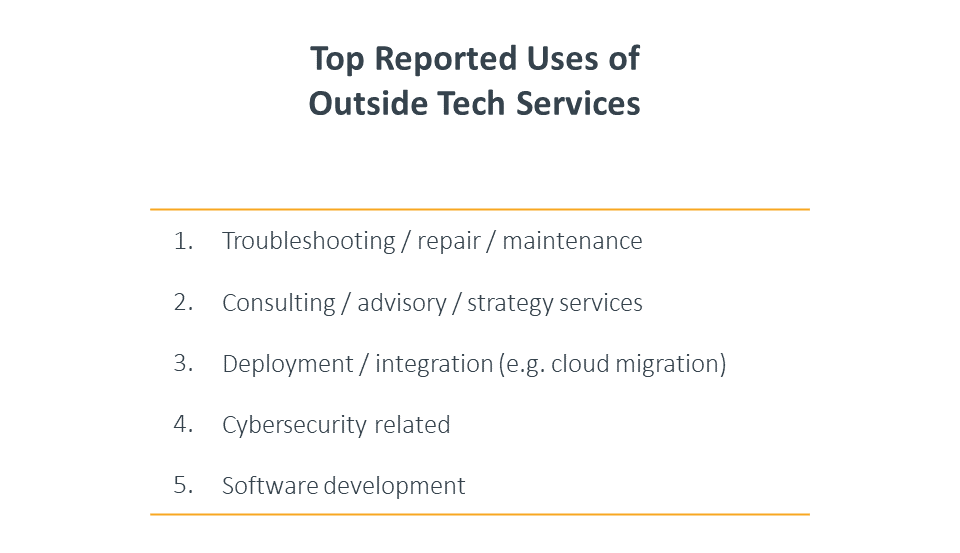
Organizations turn to outside expertise for a number of other services as well including data / analytics, web design, and emerging tech. In addition, a quarter report using managed services / use of a managed service provider (MSP) for ongoing IT management (25%). Interestingly, firms who regularly or frequently outsource are significantly more likely to report excellent or good ROI (72%) vs. those who occasionally outsource (63%) or rarely / never do so (56%).
Emerging Tech Momentum Builds
The concept of emerging technology is a common shorthand for a range of innovations in the early to mid stages of adoption. This may encompass distinct categories, such as drones or 3-D printers, or enabling technologies, such as artificial intelligence or blockchain, embedded or serving as a platform for countless products or services.
The current and future impact of these technologies can be seen in their growth rates and revenue contributions. According to IDC, sales of emerging tech categories will increase by 105% during the 2019-2023 time period, adding $1.5 trillion in new revenue to the global tech sector. In the year ahead, categories such as AI (+31%), blockchain (+70%), AR/VR (+99%), and IoT (+15%) will gain further traction as they move into new segments of customers.
As a percentage of the overall technology pie, emerging tech will account for about 17% in 2020, with the remaining share stemming from the established categories of hardware, software, services, and telecom. Of course, there are gray areas where emerging tech overlaps multiple categories. Relatedly, no technology operates in a vacuum. Without robust networks and infrastructure, devices such as PCs and mobile phones, and integration expertise, emerging technologies cannot advance.
According to the CompTIA survey, most businesses have a positive view of emerging technology. It can be inferred that respondents see an opportunity specific to their business, or more broadly, a general sense of excitement for where technology is headed. At the other end of the spectrum, 1 in 4 report mostly feelings of trepidation. Again, this could be specific to their firm, such as the fear of falling behind in the market, or a broader concern for the uncertainty of technological disruption.
The data suggests there is a positive correlation between businesses that report a high level of ROI with their current technology spending and excitement for emerging technology. It follows that firms less satisfied with their current technology use express more concern for the future.
Although still far from mainstream adoption, the emerging technologies reported at the highest rates of implementation are IoT and big data. Granted, there is a continuum of use, from basic sensors on a network that could be characterized as IoT, to highly complex deployments with myriad inputs generating volumes of data feeding various automating technologies. As such, reported adoption rates are best used as directional guidance.

Unsurprisingly, large enterprises report notably higher rates at the full implementation stage vs. small or medium-size enterprises (SMEs). The financial sector generally has higher rates of adoption compared to others. In others areas, adoption can be traced to need and relevant business value, such as robotics in manufacturing, or AR/VR in retail.
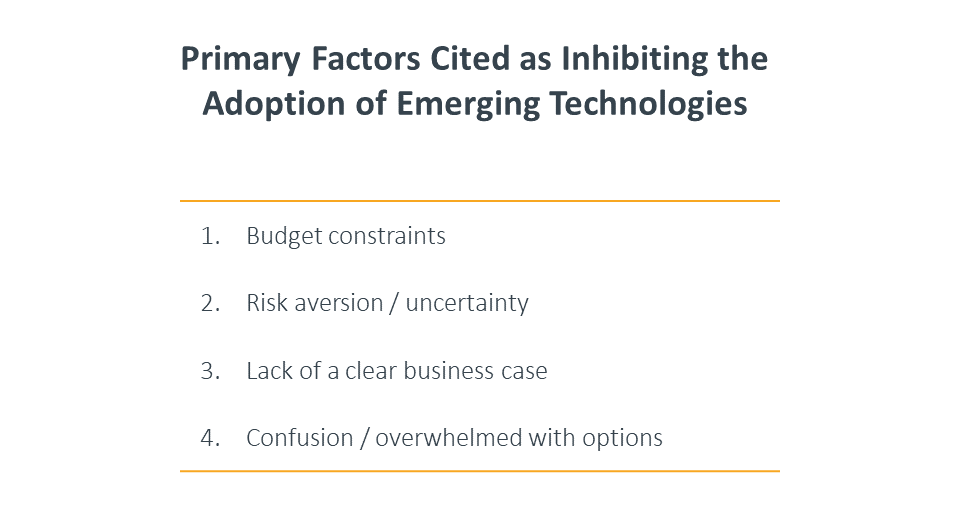
Cybersecurity: Disconnects on Many Fronts
Cybersecurity continues to grow in importance in an increasingly digital and interconnected world. Many businesses are increasing their security investments or elevating their security focus, yet needing to employ progressively more proactive measures. Again, technologies and tools only go so far as employers need to build and enhance their processes, policies, and—most importantly—people.
Nearly 7 in 10 firms describe their firm’s cybersecurity at a completely (24%) or mostly satisfactory (45%) level. This indicates a lot of room for improvement, especially with the remainder describing their firm’s approach as simply adequate (25%) or unsatisfactory (6%).
Characteristics of those who indicate satisfactory levels at significantly higher rates than their counterparts include large-size firms, tech and financial / banking / insurance sectors, are mostly excited for emerging tech, frequently or regularly outsource tech, experience excellent or good tech ROI, and work in management. Contrarily, those self-assessing their firm’s security as simply adequate or unsatisfactory levels include SMEs, aren’t so excited about emerging tech, only occasionally or rarely outsource tech, experience just okay or poor tech ROI, and are staff-level workers.
Self-assessment levels of security satisfaction are presumably even lower as firms are more likely to report on themselves on the optimistic side. This is further compounded by the fact that businesses are oftentimes less prepared than they believe, and even more so as it relates to emerging areas.
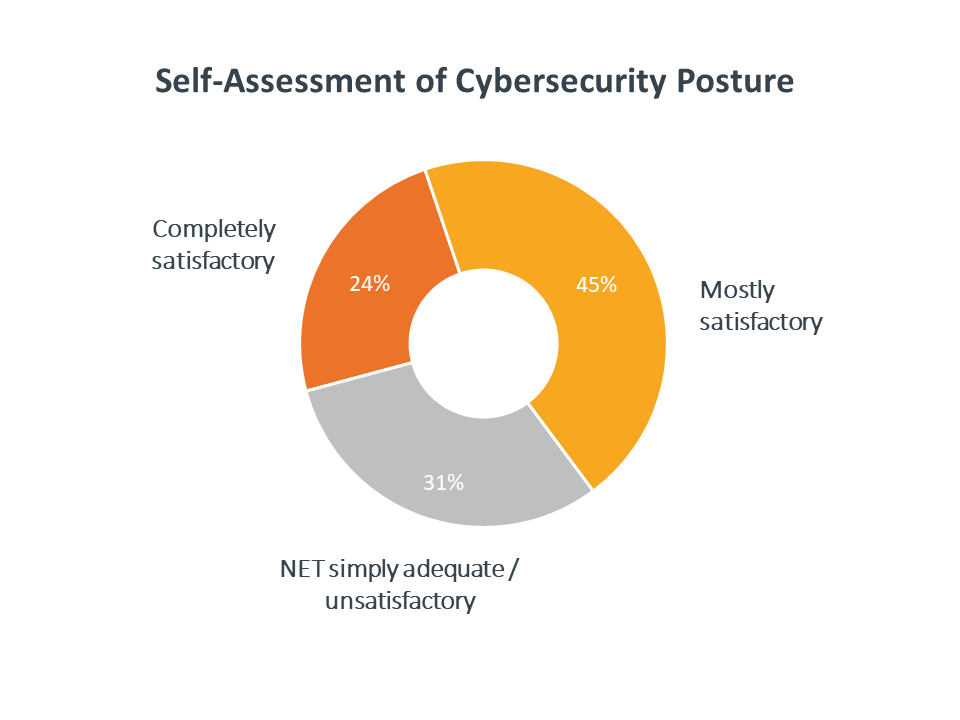
Security underpins the many facets of emerging technology. This, along with the high growth rates for emerging technologies expected over the next several years, drives the need for businesses to re-evaluate their approaches to security. Consider that 88% of firms reported recently changing their security approach; with 4 in 10 being due to a change in IT operations (move to cloud, new IoT strategy, etc.). For another 32%, cybersecurity priorities shifted as a result of knowledge gained from training or certification.
Furthermore, a low understanding of new threats is a top challenge cited for why it may be difficult to pursue new cybersecurity challenges. For example, consider the wide range of security risks with IoT as digital meshes with physical properties. (See CompTIA’s 2019 Trends in Internet of Things.)
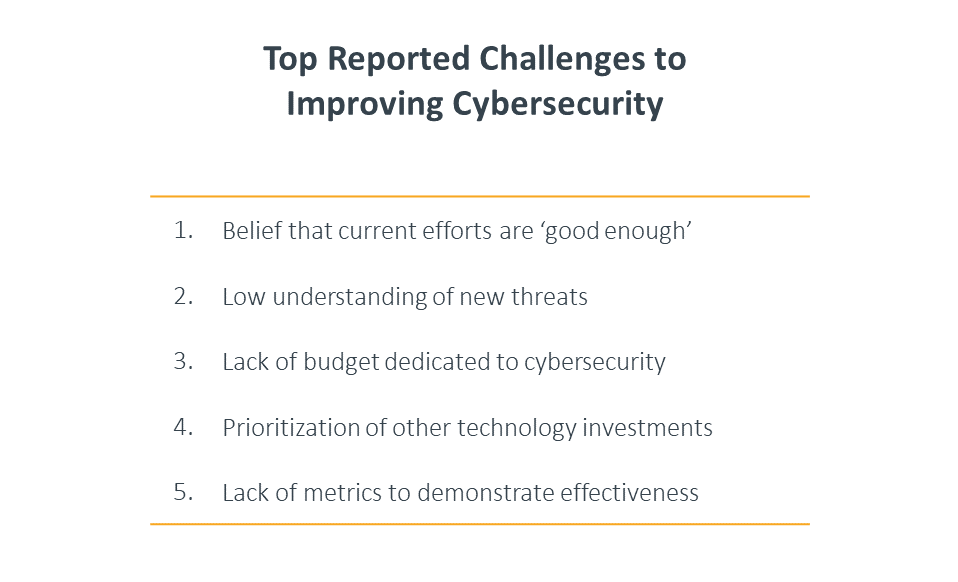
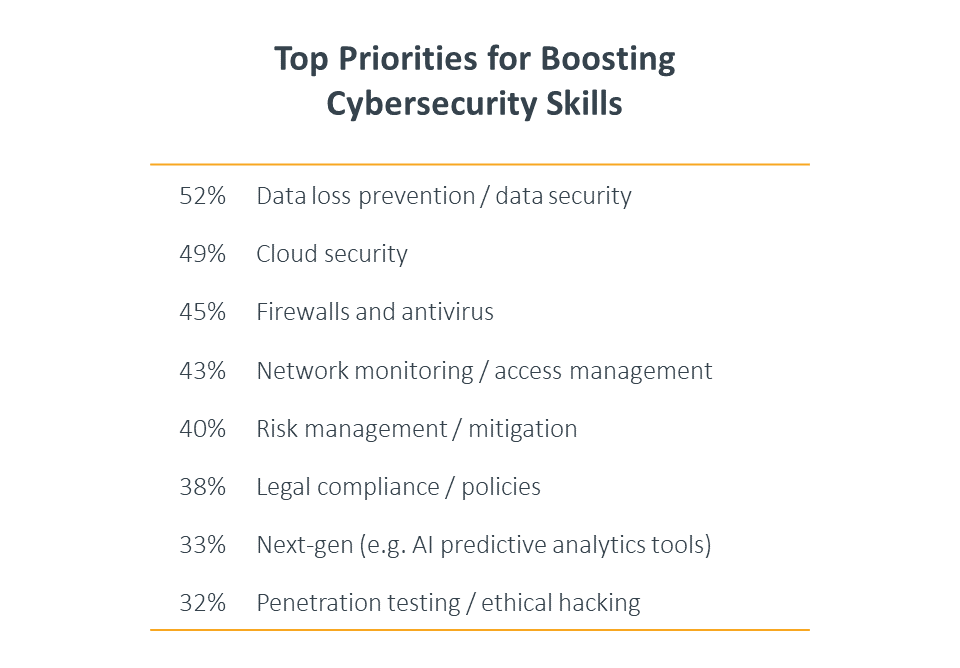
Overcoming Workforce Gaps
The evolving tech labor market continues to present both opportunities and trials. Skills gaps particularly remain an ongoing challenge at most organizations. When considering the general concept of a country’s tech skills gap, the great majority in CompTIA’s latest research recall recently seeing or hearing about it (86%). Rates are especially high within countries that have more maturing economies, i.e. Brazil, China, India, Mideast, and Thailand vs. the more mature grouping that have been grappling with the issue for decades in countries such as Australia, Canada, UK, and US.
Moreover, nearly half report that the skills gap situation at their firm has grown over the past two years (46%). Firms operating in the tech industry are more likely to indicate so (56%). Similarly, managers in India and Thailand report markedly higher rates of a growing skills gap with nearly 6 in 10 each.
Much too often “skills gaps” are used as a term to generalize a host of other workforce issues. Skills gaps primarily meaning employee performance falling short of employer expectations or desires is far different from what could be described as a location or a pay gap. When breaking down some of the various types of gaps, the top ones the research identified as barriers in hiring and maintaining a robust tech workforce include innovation, soft skills, and wage gaps. Companies reporting an innovation gap see that the speed of innovation is exceeding the pace of training / workforce development. Soft skills challenges are a symptom of insufficient skill / capability in non-technical areas such as project management, collaboration, or communication. A wage gap will occur when market wages for certain positions / skills exceed employer budgets. With 4 in 10 or more citing these three types of gaps alone, and at least a quarter citing others such as gaps in perception, sector, confidence, or location, making even incremental changes in these types of issues is no small feat but will reap substantial rewards.

Getting more into the matter of tech skills gaps, the top areas of concern reported by managers in the CompTIA survey include a mix of newer tech areas as well as more core as technologies progress. For instance, the more specific areas of cybersecurity skill gap concerns address both cloud and networks. (See table above.)
- Emerging tech, i.e. AI, automation, AI, blockchain, etc. [57% significant + moderate gaps]
- Cybersecurity [55%]
- Integrating different apps, data sources, platforms, devices [55%]
- Software or app development [54%]
- Digital business transformation / modernizing legacy hardware or software [54%]
Obtaining an accurate read on the skills gap situation is difficult and compounded by the issue that only a minority report their own firm has a pretty good handle on identifying and assessing skills gaps (39%). Those that have a good handle on it however are more likely to be large-size firms, work in the tech or financial / banking / insurance sectors, or are managers. Conversely, retail / wholesale businesses are more likely to struggle compared to their counterparts (46% in this sector vs. 33% overall). A remaining 25% would place themselves in the middle with a good handle on some roles while struggling with others.
Furthermore, over half report only having informal strategies / resources in place at their firms to address skills gaps (43%) or no process at all (10%). This is at first hard to believe that only about 4 in 10 indicate having formal strategies (42%). Interestingly, more countries in the maturing grouping, notably China, India, and Thailand, report formal processes at much higher rates—perhaps born out of urgent necessity. While informal strategies are much preferred in the Netherlands. Not as surprising, large-size firms, or businesses operating in the tech, financial / banking / insurance, or manufacturing sectors, or managers are among those more likely to report formal processes in place. As important as it is to first identify business objectives then align tech accordingly, employers also need to recognize what needs fixing in regards to skills gaps before jumping into resolutions.
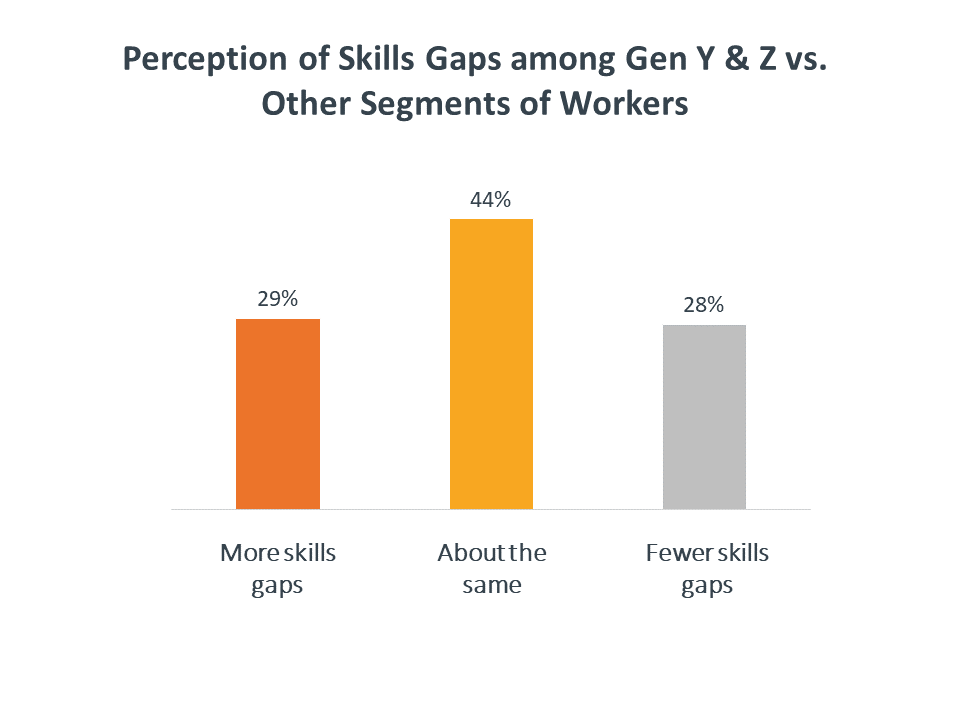
Delving further into skills gap perceptions, the largest percentage believe that the skills gaps among young people are on par with the general workforce (44%). Though nearly 3 in 10 hold the often unfair and negative belief that there are more gaps among the younger Gen Y and Gen Z audience (29%). While on the other end of the spectrum, virtually the same portion believe there are fewer gaps among the younger group (28%). See CompTIA’s International Youth Perspectives of Technology and Careers study.
Overall, close to two-thirds report their firm has training and professional development for employees in technical or soft skills that is required. Another 31% describe it as solely voluntary; not required but encouraged. Firms that have mandatory training are more likely to be large-size, experience excellent tech ROI, are mostly excited by emerging tech, and more likely to be part of heavier regulated industries, i.e. financial / banking / insurance and healthcare / medical; though IT, education, and professional services firms do to a higher extent as well.

The Future of Work
Undoubtedly, technology will continue to profoundly impact nearly everyone’s job—and it’s mostly for the better. While on the one hand automating technologies have displaced segments of workers through substitution, in most cases automation frees up time for workers to focus on higher-level activities.
Automation of jobs is a prickly topic conjuring up ideas of mass layoffs and the robots taking over. Mass media has a tendency to latch on to the doom and gloom news. Regardless of viewpoints, more than three-quarters in CompTIA’s study have recently seen articles about robotics, intelligent machines, and other automating technologies performing some aspects of jobs or possibly replacing them altogether. On the contrary, the automation of repetitive tasks has spun opportunities elsewhere. For instance, tech support at one time may have been considered as ‘on its way out.’ Quite the opposite occurred with this growing field as technological advancements breed support needs.
On a slightly more personal level, two-thirds are very concerned (23%) or somewhat concerned (44%) that automating technologies may mean fewer jobs for people like them. Another 28% aren’t that concerned. McKinsey & Co. finds a very low portion of occupations that consists of activities that can be fully automated–less than 5%. Displacement rates will depend on a number of factors, but are most likely to occur in fields such as office support, food service, production work, and customer service and retail sales. McKinsey also points to growing demand for technological, social and emotional, and higher cognitive skills by 2030; especially given the adoption of automation and AI. See CompTIA’s International Youth Perspectives of Technology and Careers.

Almost 7 in 10 indicate at least some interest in attaining additional training or hands-on experience with technology as a result of the outlook for how robotics and automating technologies may impact the workforce (31% definitely + 38% somewhat).
At any rate there’s a need for employers, employees, and candidates to focus now more than ever on the continuous improvements of skills and training to keep pace with emerging technology–and employers need to drive impactful professional development strategies.
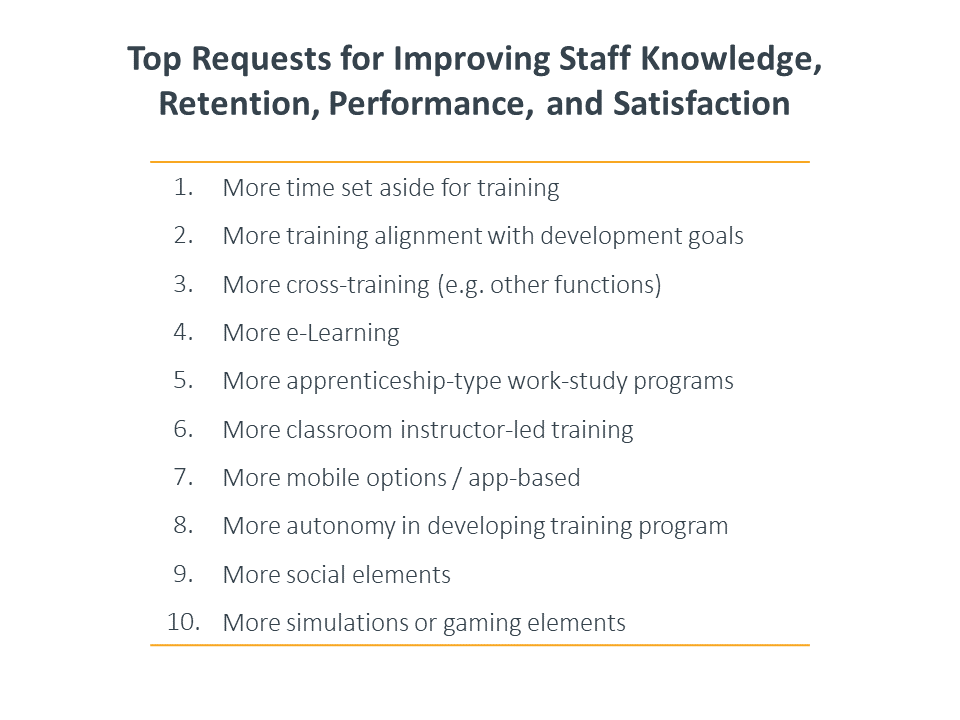
Download the full report PDF for all the country sections including Australia, Brazil, Canada, China, India, Ireland (Republic of), Japan, the Middle East (i.e. Oman, Saudi Arabia, United Arab Emirates), the Netherlands, Thailand, the United Kingdom, and the United States.
Read more about IT Workforce & Diversity, Industry Trends.

 Download Full PDF
Download Full PDF